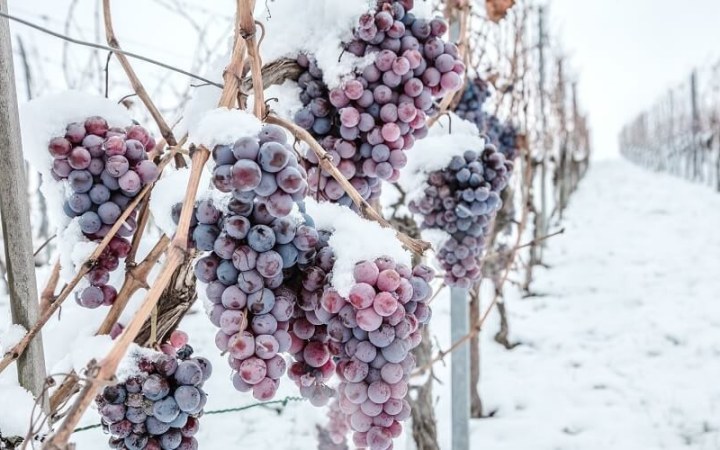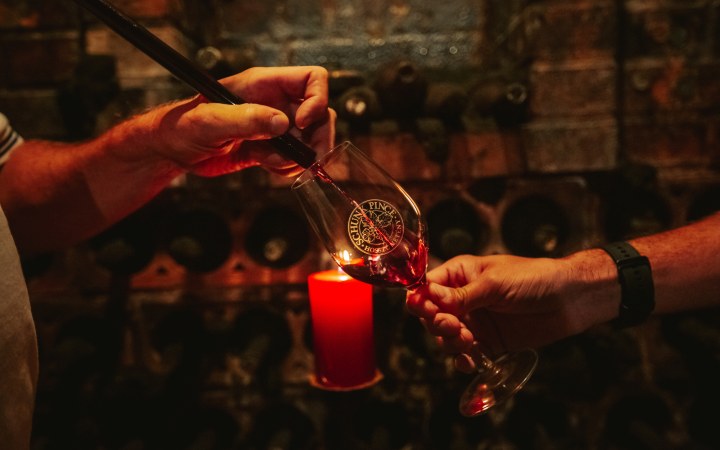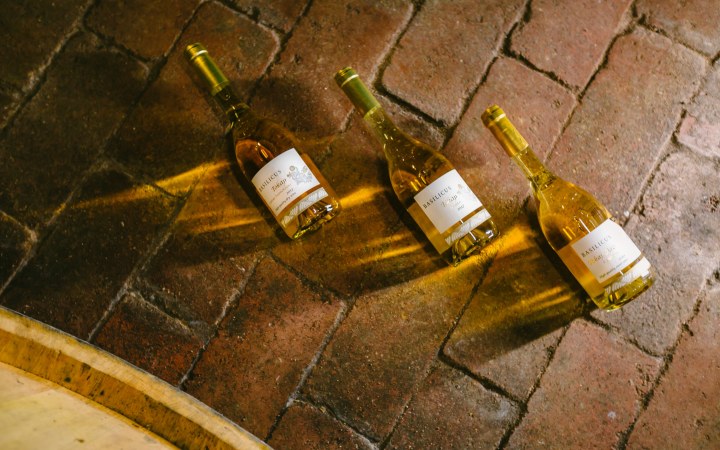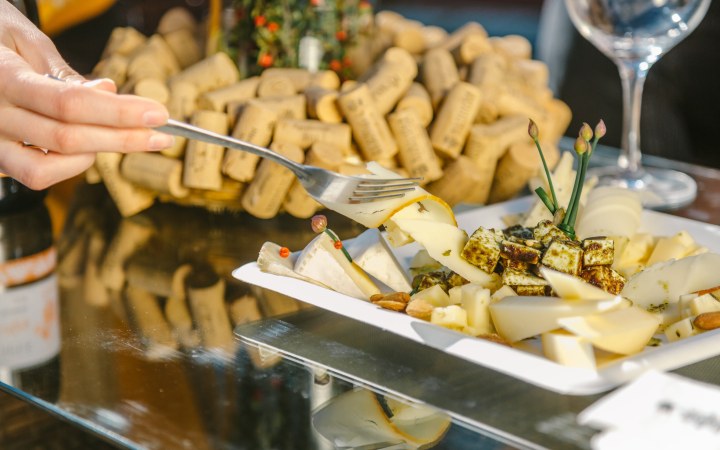In the Hungarian wine industry, or rather wine culture, there is a fantastic and varied range of natural dessert wines. This is true even when sweet wines are not particularly in vogue, yet there is a type of wine, not made in the Tokaj-Hegyalja wine region, with high sugar content that generations regard as the wine SPECIALTY.
This is ice wine, often associated with the Badacsony wine region, though in reality, the production of ice wine has no restrictions on wine regions or grape varieties. However, product descriptions strictly prescribe the process by which a product can be labeled as ice wine.
However, ice wine is not a Badacsony, nor even a Hungarian invention. It is made in many countries around the world where winter frosts are predictable. Natural ice wine is made on the vine, as the grapes are not harvested until the first frosts set in, and only then are they harvested and pressed.
The Making of Ice Wine: A Difficult but Rewarding Task
The name is not surprising, and ice wine should not be confused with wine-flavored ice cream, despite seeing interesting experiments in this regard from time to time. However, we're not far from the truth if we search around frozen grapes. For making real ice wine, grapes are needed in which a large part of the juice has frozen (what remains after the first frosts), but not so much that nothing can be pressed out of it.

It's a difficult task to determine the exact time for harvesting. The grapes for ice wine are mostly harvested at night, and many even take the press out to the vineyard to prevent the grapes from thawing during transport or in the press house.
Making ice wine is a laborious and costly endeavor, not undertaken by many, but those who truly understand the grapes and the tricks of making ice wine are rewarded by the end result. Generally, about 3 kg of overripe grapes left on the vine are needed for a small bottle (0.375 liters) of ice wine. After pressing, the must is left to rest for 1-2 days, then fermentation is started with controlled fermentation, as the extremely high sugar content would otherwise make the outcome uncertain.
Ice wine has an extremely high sugar content due to the overripe grapes and the concentration resulting from the production process. According to Hungarian wine laws, ice wine must contain at least 282 g/l of sugar, compared to a minimum of 120 grams for 5 puttonyos aszú and 150 grams for 6 puttonyos aszú. Once again, we must write, and it cannot be said enough: both ice wine and aszú contain natural sugar, but the aszú grapes are special not only due to late harvest but also due to Botrytis cinerea. Such a factor is not applicable to the raw material for ice wine.
Where Can You Taste Ice Wine in Hungary?
Ice wine is widespread in the Badacsony and Hajós-Baja wine regions, and many in Kunság are also involved in it. In Hungary, it is made from various types of grapes, but you can mostly taste Italian or Riesling ice wines if you crave it.
For example, on Borindex, the Németh Winery in Badacsonytomaj has an excellent ice wine, which is no coincidence given its popularity among our visitors.
Ice wine is an interesting aspect of both international and Hungarian winemaking, yet it is not usually considered among the top echelon of wines. Although sweet wines are not considered fashionable nowadays, when it comes to sweet wines, it's fair for anyone to mention the famous Tokaji aszú. Ice wine is definitely worth a try. Who knows, in the end, this peculiar sweet wine variety might captivate you, and you could become a fan...







